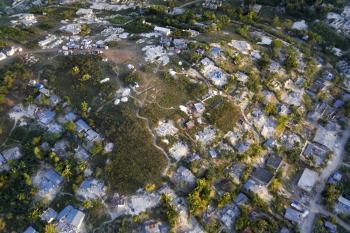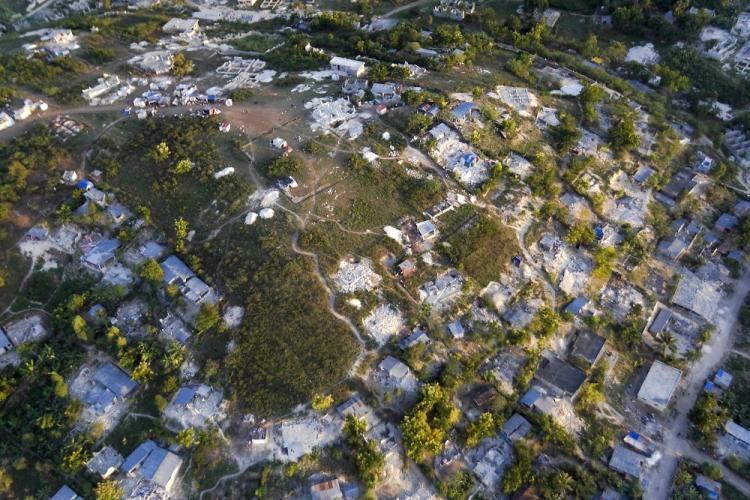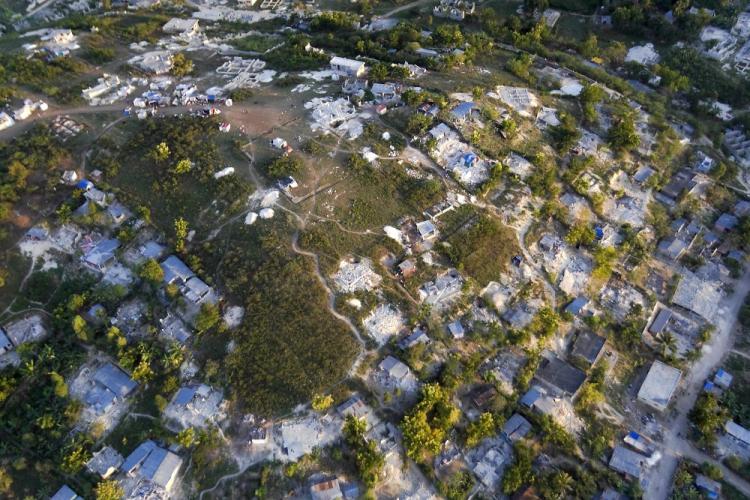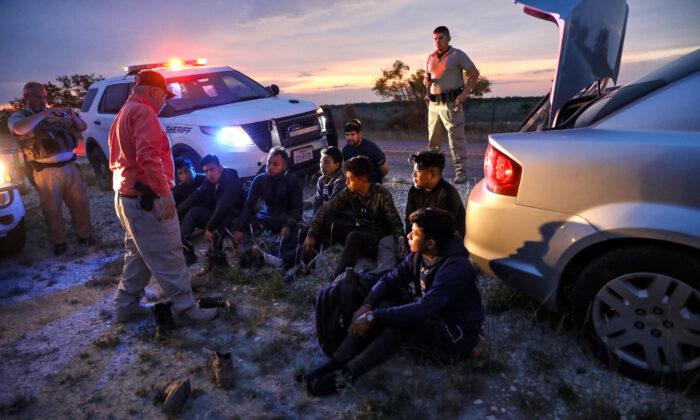Hurricanes and weather-based natural disasters can be detected, sometimes days in advance—satellites and detection devices generally give people some time to prepare, said Dr. Harley Benz, scientist-in-charge at the U.S. Geological Survey (USGS) National Earthquake Information Center.
Volcanoes are similar, he said. Usually a warning period of a series earthquakes gives people time to evacuate.
But earthquake prediction is very difficult. “We can’t tell with any type of accuracy when an earthquake will happen,” he said. “We’re very much better at earthquake forecasting—identifying fault lines.”
The USGS estimates that several million earthquakes occur throughout the world each year, although most go undetected because they hit remote areas or have very small magnitudes.
Looking at Earthquakes in 2009
Devastating earthquakes in Sichuan, China, in 2008 and Haiti this year, flanked a year of less destruction and death. In 2009 at least 1,783 deaths worldwide resulted from earthquake activity, according to the USGS.
Most of these deaths came from the deadliest earthquake of 2009, a magnitude 7.5 event that killed approximately 1,117 people in Southern Sumatra, Indonesia, on Sept. 30 according to the USGS and confirmed by the United Nations Office for Coordination of Humanitarian Affairs.
Although unrelated, the Sept. 30 Indonesian earthquake occurred a day after the year’s strongest earthquake, a magnitude 8.1 on Sept. 29 in the Samoa Islands region, the USGS report said. Tsunamis generated by that earthquake killed 192 people in American Samoa, Samoa, and Tonga. A magnitude 6.3 earthquake hit the medieval city of L’Aquila in Central Italy on April 6, killing 295 people.
Overall, earthquakes took the lives of people in 15 countries on four continents during 2009.
The past year also marked the five-year anniversary of the magnitude 9.1 Sumatra-Andaman Island earthquake and subsequent tsunami on Dec. 26, 2004. That quake and tsunami killed 227,898 people, which is the fourth largest casualty toll for earthquakes and the largest toll for a tsunami in recorded history, according to the USGS report.
Looking at Haiti and Sichuan
Factors such as the size of an earthquake, the location, and depth of the earthquake relative to population centers, and fragility of buildings, utilities, and roads all influence how earthquakes will affect nearby communities, the USGS said.
The magnitude 7.9 Sichuan earthquake in 2008 caused more than 80,000 deaths, and Haiti’s toll is predicted to be around 200,000 people.
“In the case of Haiti, the fault has been studied actively in last couple of years,” Benz said. “So it was not an unknown fault.”
Benz said Port-au-Prince suffered from damaging earthquakes in 1751 and 1770.
The long-term concern is rebuilding in Haiti for the potential and the inevitability of future strong earthquakes, he said. “They need to build earthquake resilient structures that don’t catastrophically fail like we’ve seen.”
Earthquakes and Risks in the U.S.
In the United States, earthquakes pose significant risk to 75 million people in 40 states, the USGS said.
The biggest 2009 earthquake in the 50 United States was, once again, in the Aleutian Islands of Alaska. The magnitude 6.5 earthquake occurred in the Fox Islands on Oct. 13. It was felt at the towns of Akutan and Unalaska, but caused no casualties or damage.
The USGS said the largest earthquake for the year in the contiguous United States was a magnitude 5.2 event on Oct. 2 in the Owens Valley southeast of Lone Pine, Calif. Because of the sparse population in the epicentral area, this quake caused no damage although it was felt as far away as Merced and Los Angeles, Calif., and Las Vegas, Nev.
Benz said the USGS would like to study every active fault, but there are millions, so priority is given to places such as Anchorage, Seattle, Portland, Reno, Carson, Salt Lake City, Nevada, St. Louis, and Memphis.
Studying Fault Lines and Notification Systems
The USGS set up nine real-time seismic stations across the Caribbean basin following the 2004 earthquake/tsunami, a region near the U.S. Southern border. A 24-hour a day earthquake operations center was also implemented at the USGS National Earthquake Information Center.







